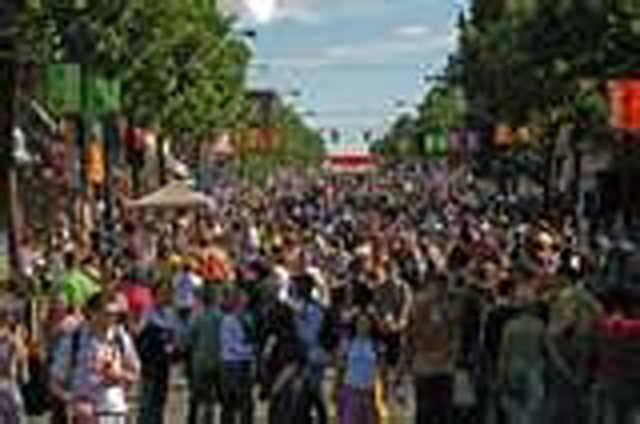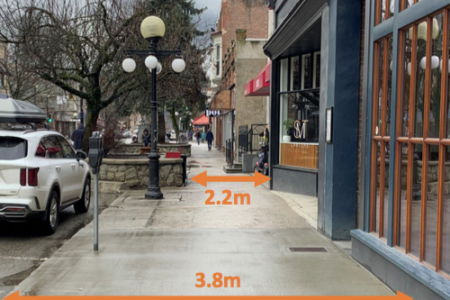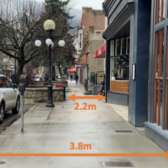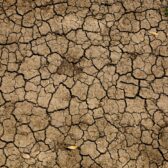Growing population and climate
Andy Soos, Environmental News Network
Changes in population growth and composition, including aging and urbanization, could significantly affect global emissions of carbon dioxide over the next 40 years.
The research, appearing in Proceedings of the National Academy of Sciences (PNAS), was conducted by an international team of scientists from the National Center for Atmospheric Research (NCAR), the International Institute for Applied Systems Analysis (IIASA), and the National Oceanographic and Atmospheric Administration.
By mid-century it is estimated that global population could rise by more than three billion people, with most of that increase occurring in urban areas. The study showed that a slowing of population growth, following one of the slower growth paths considered plausible by demographers at the United Nations, could contribute to significantly reducing greenhouse gas emissions.
The researchers found that such slow growth paths by 2050 could account for 16 to 29 percent of the emissions reductions thought necessary to keep global temperatures from causing serious impacts.
Globally, the growth rate of the human population has been declining since peaking in 1962 and 1963 at 2.20% per year. In 2009 the estimated world annual growth rate was 1.1%. The last one hundred years have seen a rapid increase in population due to medical advances and massive increase in agricultural productivity.
The actual annual growth in the number of humans fell from its peak of 88.0 million in 1989, to a low of 73.9 million in 2003, after which it rose again to 75.2 million in 2006. Since then, annual growth has declined. In 2009 the human population increased by 74.6 million, and it is projected to fall steadily to about 41 million per year in 2050. Each region of the globe has seen great reductions in growth rate in recent decades, though growth rates remain above 2% in some countries of the Middle East and Sub-Saharan Africa, and also in South Asia, Southeast Asia, and Latin America.
In their new study the researchers sought to quantify how demographic changes influence emissions over time, and in which regions of the world. They also went beyond changes in population size to examine the links between aging, urbanization, and emissions.
The team found that growth in urban populations could lead to as much as a 25 percent rise in projected carbon dioxide emissions in some developing countries. The increased economic growth associated with city dwellers was directly correlated with increased emissions, largely due to the higher productivity and consumption preferences of an urban labor force.
In contrast, aging can reduce emissions levels by up to 20 percent in some industrialized countries. This is because older populations are associated with lower labor force participation, and the resulting lower productivity leads to lower economic growth.
The authors developed a set of economic growth, energy use, and emissions scenarios, using a new computer model (the Population-Environment-Technology model, or PET). To capture the effects of future demographic change, they distinguished between household types, looking at age, size, and urban vs. rural location.
In addition, they drew on data from national surveys covering 34 countries and representative of 61 percent of the global population to estimate key economic characteristics of household types over time, including labor supply and demand for consumer goods.
“Households can affect emissions either directly, through their consumption patterns, or indirectly, through their effects on economic growth,” O’Neill, one of the authors, explains.
The authors also suggest that developers of future emissions scenarios give greater consideration to the implications of urbanization and aging, particularly in the United States, European Union, China, and India.
The net conclusion is that an older population consumes less than a younger population due to labor needs. The other major impact is that a developing nation (which tends to be younger) as opposed to a older more mature industrial nation will increase its ecological demands on the climate faster.
For further information: https://www2.ucar.edu/news/population-trends-another-influence-climate-change


























